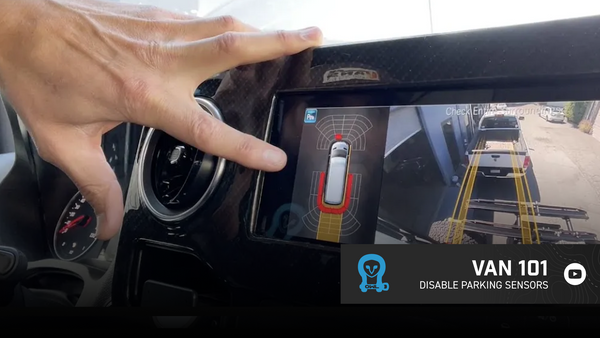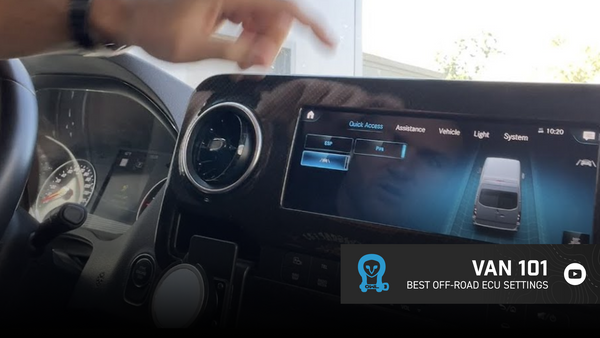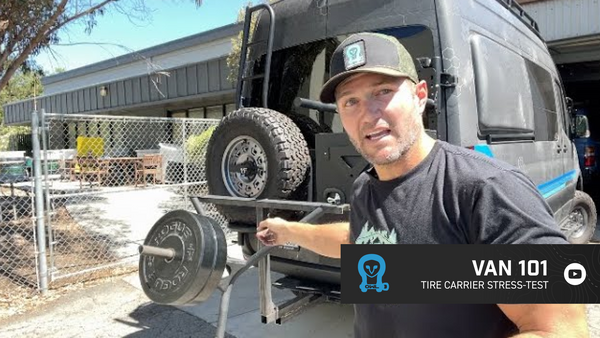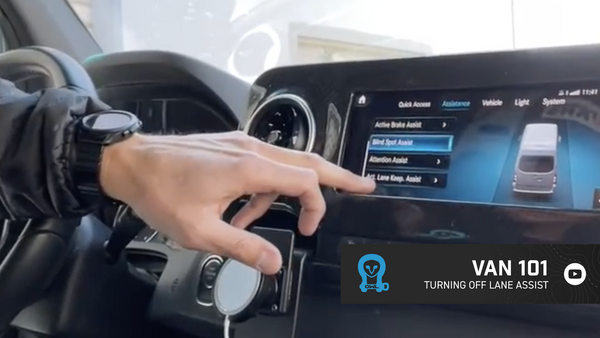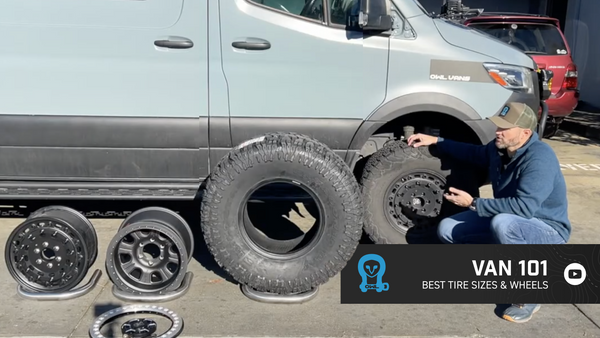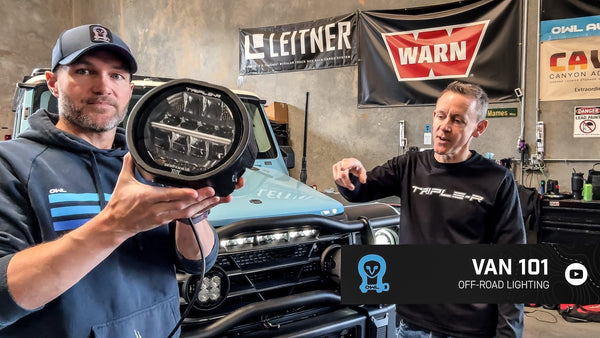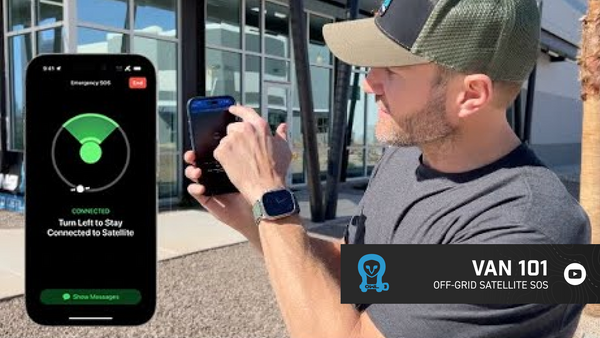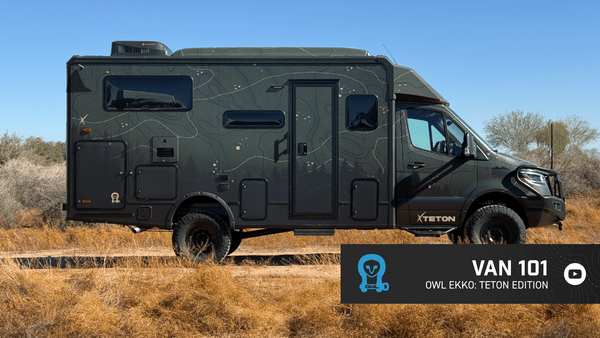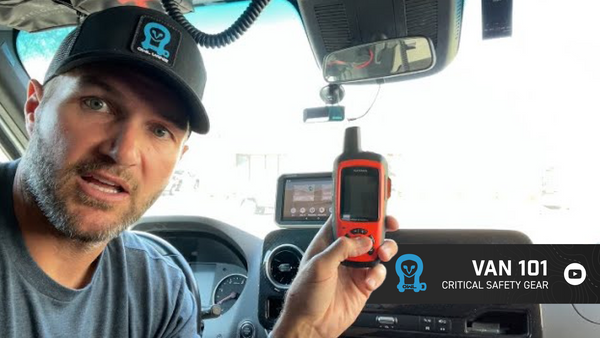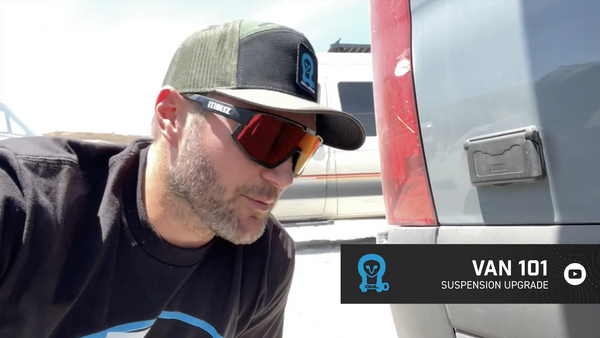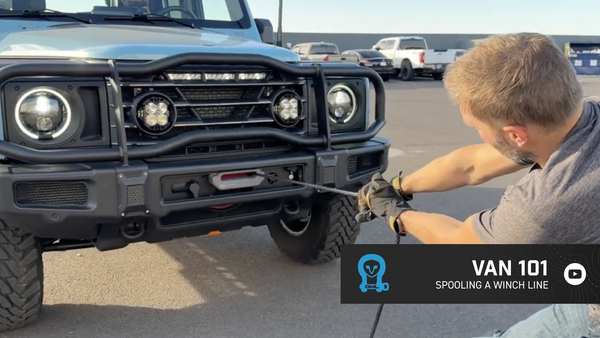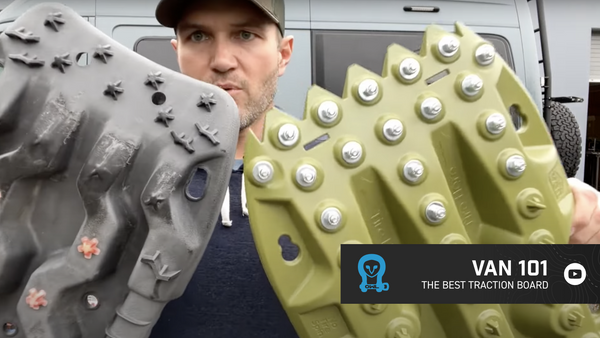How to Disable Reverse Sensors: Upgraded Sprinter Fixes
Upgrading a Mercedes Sprinter for off-road adventures often involves adding rugged accessories—hitch steps, spare tire carriers, rear storage boxes—that push your van’s capabilities (and silhouette) beyond the factory setup. But what happens when those upgrades mess with your Sprinter’s reverse sensors, forcing you to listen to relentless sensor pings every time you back up? Let’s get technical: here’s how to handle disabling reverse sensors on your Mercedes Sprinter van, when, why, and how to keep the rest of your safety systems intact.
Rear Parking Sensors: A Blessing or a Nuisance?
Mercedes Sprinter parking sensors are great—until you add a hitch step or box to the back and suddenly every reverse prompts a chorus of false alarms.
Key facts:
Sensor “pinging”—those false alarms—affect only about 15-20% of upfitted Sprinter vans equipped with rear accessories.
The culprit? Anything that extends off the back of your van and enters the sensor’s detection field—boxes, ladders, racks—can register as obstacles.
Quick Tricks: Tilting the Sensors
Sometimes a simple tweak solves the problem.
Try tilting the sensors first. A slight adjustment, as outlined in many FAQ diagrams, changes the angle just enough to clear the hitch or box.
This works best if you have minor add-ons—but not if you’re running bulky gear.
When Tilting Fails: Disabling Reverse Sensors
For serious overland builds, tilting may not be enough. Here’s the pro move:
Step-by-Step: Unplugging Rear Parking Sensors
Lay under the rear bumper.
Most Sprinters have a plastic rear bumper cover. Get beneath your van for easy access.
Locate each sensor in its slot.
You can feel the sensor from behind the bumper.
Unplug the sensor.
Pull the sensor out, disconnect the wiring harness, and slide the sensor back into its housing.
Secure the exposed connector with electrical tape to protect it from dirt and moisture.
That’s it—the rear sensors are now disabled.
Your van will give a single beep when put into reverse. The rear sensor display will show red, indicating no active input from the rear sensors.
Worth noting:The front sensors remain fully functional. You get pings up front, but if you’ve disconnected the rears, all that chirping in reverse—gone.
Why Disconnect Instead of Just Turning Off?
There is a button on the dash to disable rear sensors temporarily. But:
You’ll need to hit it every trip if you want those pings gone, which gets old fast.
When sensors are unplugged, you get the benefit of a totally silent, reliable reverse—every time.
Pro tip: For frequent adventure builds, unplugging is a permanent, reliable fix.
Important Safety Notes:
Rear parking sensors are not part of your van’s safety-critical systems. Lane assist and blind spot monitoring run independently and will continue to function—even with the rear sensors unplugged.
Always double-check your mirrors (and surroundings) when reversing—extra gear on the rear changes your van’s footprint.
Why Would You Want to Disable Reverse Sensors?
If your Sprinter is running stock, sensors are helpful. But for off-grid or overland rigs:
Accessories (boxes, steps, ladders) confuse the system—leading to false alarms.
The sensors won’t recognize that the “obstacle” is actually your own equipment.
Some folks worry about forfeiting safety. Reality: With intentional upfitting, you know the exact footprint of your van better than any sensor algorithm.
Adventure Build Use Cases
Hitch Steps and Tire Carriers
You can mount an Owl Vans Hitch Step or Ladder Tire Carrier in minutes, but the sensor pinging can’t be tuned out without a hard disconnect.
Expedition Rear Boxes
Hauling bikes, recovery gear, or camp supplies? Rear boxes or racks practically guarantee false positives from the stock parking sensors.
Long-Term Field Experience
Owners report that disconnecting is the only “set it and forget it” solution after adding rear-mounted equipment.
Common FAQs
Will unplugging the rear sensors trigger warnings or limp mode?
No major warnings—not with this basic disconnect.
Your Sprinter simply won’t beep or display distance on the rear zone anymore.
Can I re-enable the sensors later?
Just reconnect the harness, and everything springs back to normal.
Does this impact other safety systems?
Rear parking sensors are not tied into lane departure or blind spot monitoring. Those features will continue working.
What if I don’t want to crawl under the van?
Your Sprinter’s rear sensor harness is accessible with basic tools and a willingness to get dirty. For premium installs without hassle, Owl Vans can help you integrate your off-road upgrades seamlessly.
Final Thoughts:
Disabling your Sprinter’s reverse sensors is a worthwhile tweak for anyone running rear equipment. You get full utility out of your gear upgrades without annoying false alarms. Whether you’re driving deep into the backcountry or maneuvering in a city parking lot, knowing you can rely on your equipment (and not fight with unneeded tech) makes every trip smoother.
Read more

